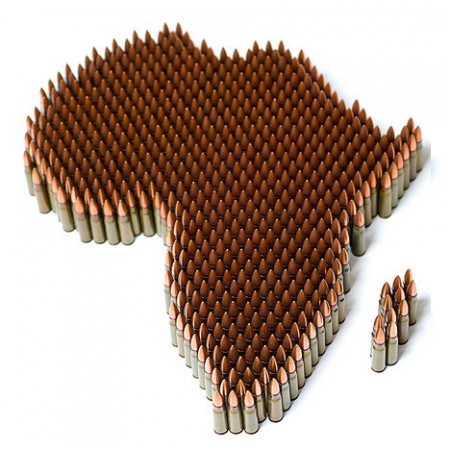
This article was originally published by E-International Relations on 13 June 2014.
It is a widely held opinion in the discipline of International Relations (IR) that there is a tradition of political thought in Western history which could be labelled ‘realism’. ‘Realism’, as it were, is associated with an outlook on the behaviour of political leaders, political communities, and the ‘structures’ of the relations among political communities (be they modern states, antique poleis, or Renaissance city states). Selfishness, recklessness, mutual mistrust, and power-seeking and survival-securing strategies are thought to produce (and be reproduced by) structures of anarchy among political communities, ‘international’ self-help systems, security dilemmas, the permanent potentiality of war and violence, and unrestricted politics of ‘national interests’. This outlook is associated with several canonical figures of political thought, who are regarded as representatives and founders of these theorems and who have been subsequently heralded as ‘heroic figures’ of IR – namely Thucydides, Niccolo Machiavelli, Thomas Hobbes, and Hans J. Morgenthau.




